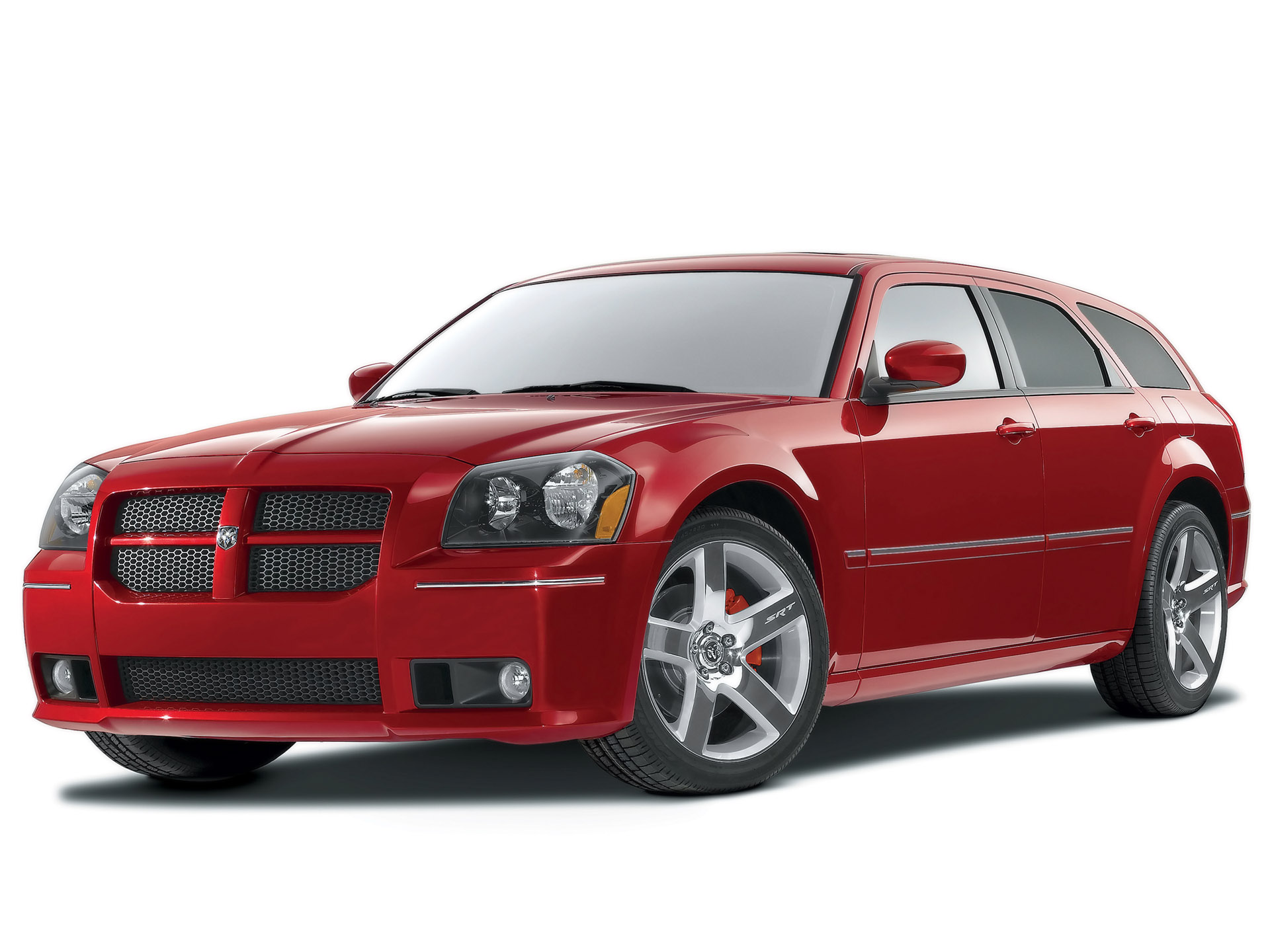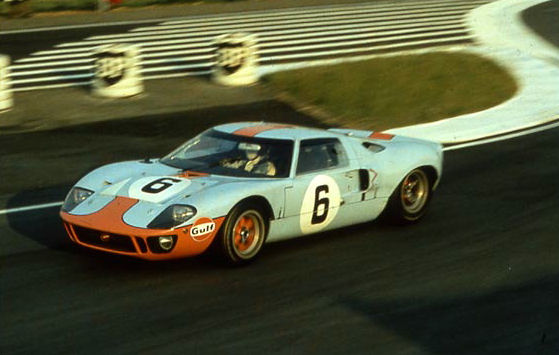The 1990 Saab 900 sedan is purring along without so much as a minor hitch—minor to a 16 year old car that is. I have noticed that if it doesn’t start right away, it really doesn’t want to start at all. With some experience I am happy to report that I have learned how to start the car on the first try. Different than the more highly computerized engines of today, but not nearly the procedure one had to go through on carbureted, manual choke cars, it requires just the right amount of feel.
Before you roll your eyes too dramatically, let me explain.
The Saab has a pretty simple electromechanical fuel injection system coupled to an ECU that is as powerful as a “Leapfrog” electronic learning aid for toddlers. In other words the ignition system is pretty simple and consequently requires more input, or feel, from the driver. Many modern cars take control of the starting procedure the minute you get close to the car thanks to keyless entry and touch start systems. Press a button and a powerful computer takes control knowing exactly how long the starter motor needs to be engaged and what the air/fuel mixture needs to be to satisfy the firing order of the fuel injectors.
Old carbureted cars needed a little more finesse to get started. Often times you had to prime the carburetor by “pumping” the gas pedal. This delivered, via a complex and temperamental mechanism of levers springs and flaps, gas to the intake side of the engine. Too much pumping and you flooded the engine with gas and you had to wait for the go juice to evaporate. Too little and the engine didn’t want to start. On cold days you had to mess around with a manual choke that starved the engine of air. If it was really bad a can of starter fluid conveniently rattling around in the trunk had to be pulled into service. Open the hood; take off the big wing nut on the air cleaner cover, and sprits a little fluid into the gapping barrels of the carb. Again the amount was critical: too much could be disastrous (many an eyebrow was singed by the backfiring explosion that occurred when a less than deft hand worked the can).
All in all the start procedure of older cars mentally prepared the operator to pilot a complex machine that needed to be respected. If you didn’t have the right feel for the machine, you couldn’t even get it onto the road.
Fast forward to modern times and modern cars and the ballet of pumping the gas and twisting the key just long enough (with the potential of having to repeat those steps a few times) to fire up the engine has been replaced by pushing a button or twisting an obnoxious plastic “fob.” How unromantic.
The Saab lies between these two relative modern extremes (I didn’t even mention the crank starters of yore). First, the Saab has its ignition down and in between the two front seats, right about hip level. That’s just plain cool to begin with. Second, thanks to the age of the ignition and key, you have to insert the key deliberately into its slot in order to twist and start. Finally, you have to listen to the engine carefully and release the key just as you hear the engine ready to fire. Wait too long and it stumbles, release too quickly and the engine will not stay on. If you screw that up you have to try again, but this time depress the gas pedal all the way through its stroke to stop the gas from flowing into the combustion chamber and flooding the engine. Timing for the back-up starting procedure is even more critical. You need to have a good feel for the procedure to get it right the first time, and I’m proud to say that I have learned—the Saab now starts for me 98% of the time on the first try. How many people today can feel a sense of accomplishment by simply starting their cars?


